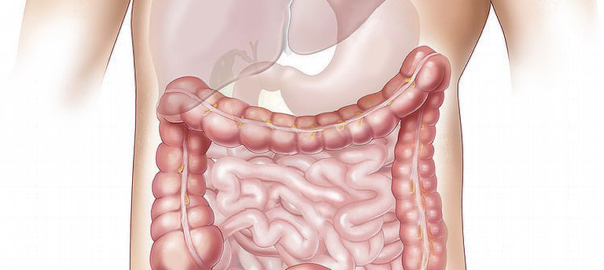Major Stem Cell Breakthrough: Pluripotent Stem Cells Grow Intestinal Tissue

The realm of regenerative medicine has yet another success to boast to the rest of the world. Scientists just succeeded in using stem cells to grow intestinal tissues with authentically functional nerves. The laboratory experiment utilizes pluripotent stem cells in order to study Hirschsprung’s disease, and now the results can be applied to other vital medical initiatives.
An Introduction to Hirschsprung’s Disease
Hirschsprung’s Disease is a medical condition that impacts the large intestine and makes it difficult for patients to pass stool. It’s typically a congenital disease that presents itself at birth, and scientists have traced it back to missing nerve cells in the muscles of the baby’s colon. Until now, surgery to bypass or remove the diseases part of the colon has been the only treatment for the 20,000 babies and young children dealing with Hirschsprung’s Disease each year, but a group of researchers may have just changed that.
Pluripotent Stem Cells Prove Their Power Once Again
Doctors at Cincinnati Children’s Hospital Medical Center made history when they published the findings of their unprecedented approach to engineer and study tissues in the intestines. They utilized pluripotent stem cells, which are essentially “master cells” that are able to make any type of cell or tissue the body needs to repair itself. Pluripotent stem cells can also perpetually self-renew to create more copies of themselves as needed. These master cells can be obtained through a number of means, including embryonic stem cells and induced pluripotent cells.
Embryonic stem cells are made from unused embryos that are donated by couples who have extra embryos remaining after in vitro fertilization (IVF treatment), while induced pluripotent stem cells (iPS cells) are normal cells, like skin cells, that are genetically reprogrammed to “start over” and have the potential to grow into any type of cell imaginable. In the case of this study, the authors utilized both embryonic and iPS cells to obtain pluripotent stem cells.
During this experiment, the stem cells were treated in a biochemical solution that properly triggered the pluripotent cells to morph into intestinal tissue and continue to self-renew. The researchers then made history by manipulating the neural crest cells to actually grow a system of nerves. Through a series of complex scientific and medical nuances, they successfully created a complex functional system that was transplanted into mice and proven to work successfully like a natural human intestine.
Not For Human Use…Yet
This research is incredibly exciting for its huge leap of progress, but that doesn’t mean that patients should start lining up for treatment anytime soon. Right now, this discovery has the greatest potential for studying diseases like Hirschsprung’s and helping professionals learn how to treat them.
According to Michael Helmrath, MD, the co-lead study investigator and surgical director of the Intestinal Rehabilitation Program at Cincinnati Children’s, “One day this technology will allow us to grow a section of healthy intestine for transplant into a patient, but the ability to use it now to test and ask countless new questions will help human health to the great extent.”
If tissue complete with responsive nerves can indeed be synthesized and grown in laboratories in the future, such a development will have an indescribable impact our ability to overcome currently incurable diseases and injuries. It will make the possibilities for health, wellness, and healing practically endless.


